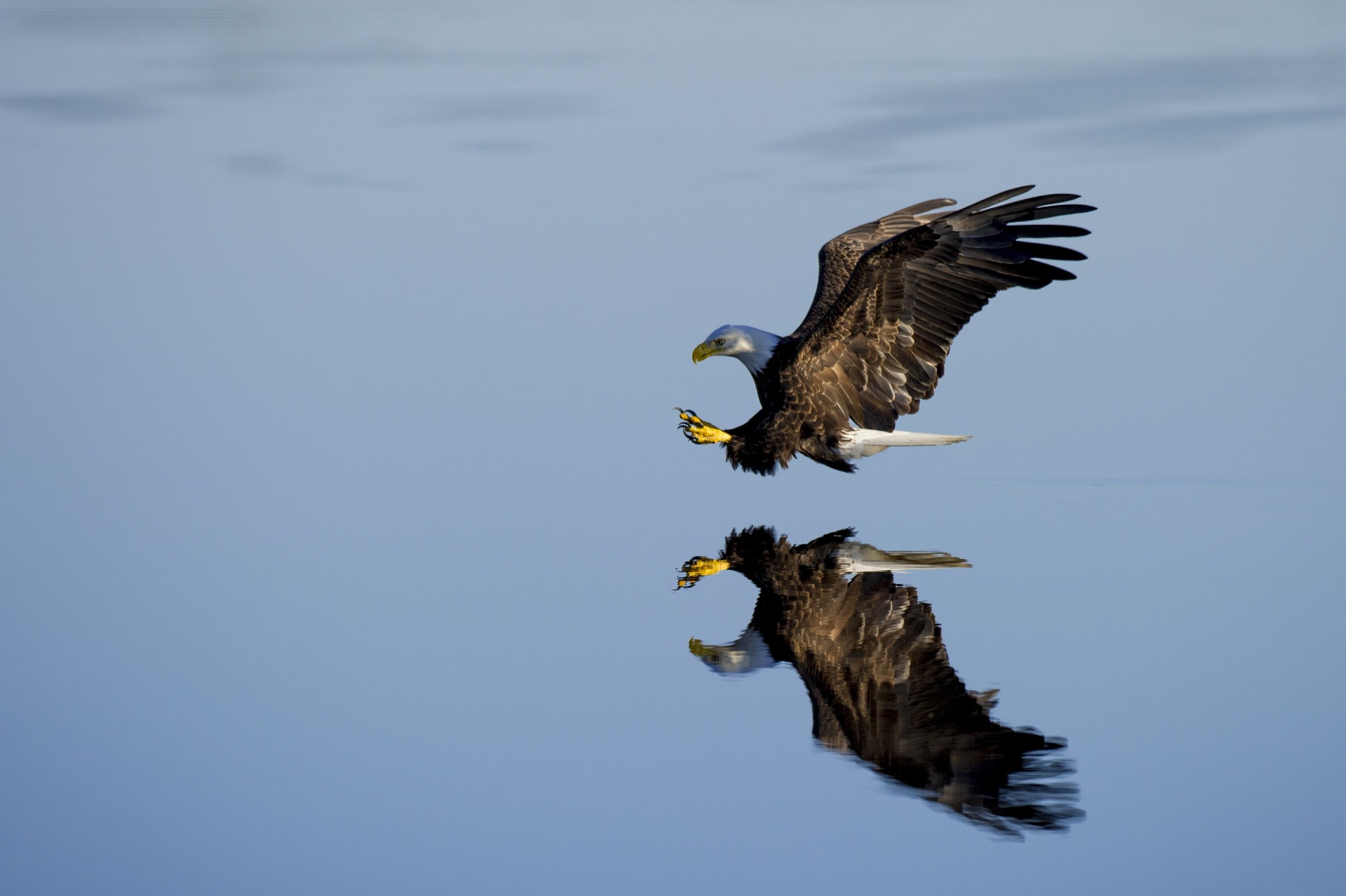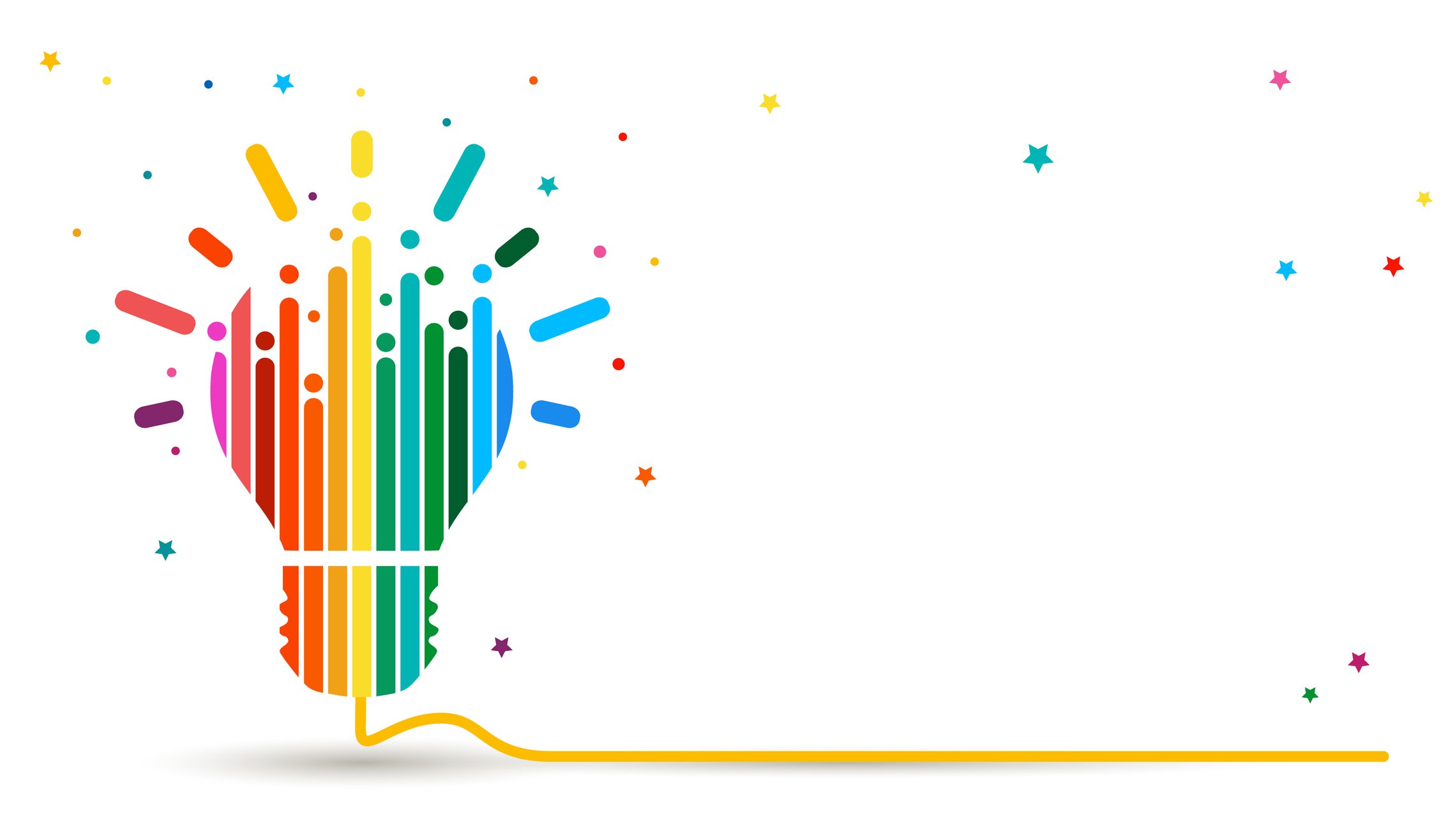Authorship tips
Maria Lahman is the Mentor in Residence for November, Academic Writing Month (AcWrMo.) She is a professor at The University of Northern Colorado in the Department of Applied Statistics and Research Methods, where she teaches qualitative research methods. She is the author of Writing and Representing Qualitative Research, and the relevant text, Ethics in Social Science Research: Becoming Culturally Responsive. Use the code SAGE30 for a discount when you order the books from SAGE.
Who is author of an article and how name order will occur sounds simple but unfortunately can devolve into political and ethical concerns. If the research was conducted as a solo endeavor or with co-researchers will guide the authorship order of a journal article. At times an additional author may be invited to work on submitting the manuscript for the expertise they bring. In the area of authorship order, consider who had the idea for the research and the contribution levels of the various co-authors, along with your discipline-specific guidelines.

No one has the automatic right to authorship, including course professors, committee members, and advisors. The issue of authorship may be contentious due to changing ways of thinking, cultural norms, and discipline expectations. Therefore, I want to be clear that in a contemporary Western setting, qualitative research authorship includes people who have worked on a manuscript after a course or defense is over. Before that, these essential people are merely doing their job—what the student has paid them to do. (See Sections 8.12 a, b, and c of the American Psychological Association Ethics Code and Section 15 of the American Education Research Association’s Code of Ethics for more guidance on ethical authorship: http://www.apa.org/ethics/code/index.aspx and http://www.aera.net/Portals/38/docs/About_AERA/CodeOfEthics.pdf, respectively.)
Before writing collaborative research, if you have not already done so, send an email to all the authors outlining the contribution expectations of the manuscript (who will do what) and author order. Note that the authorship order will change if the workload changes since this is often an organic process that cannot be fully anticipated. Keep a file of the initial email and the replies from the authors. Be sure the co-authors know that they need to alert you to communicate changes in their contact info. since the publication process can take a long time. You will also need the co-authors’ names as they wish them to be written, along with their degree level and current affiliation. Throughout the journal submission process, send all authors copies of the final submissions and letters to and from the editor. Ask them to save the copies and save your own copies in multiple places.
Example Agreement for Contribution to a Publication
Author order: Maria, Becky, Dannon (alpha by family name hereafter), Morgan, Kimberley, Michelle, Amber, Margaret, Kritika, Rowen, and Jennifer. Order is subject to change given your contributions.
Contributions: All contribute reflections on the process, permission to use self-portrait, and reflection on the manuscript.
Becky helps assemble the manuscript and edit it.
Dannon takes pictures of the collage process and final self-portraits.
Working title: Own Your Walls: Researcher Reflexive Self-Portraits
Working Abstract: As part of an advanced doctoral research course, members participated in an in-depth exploration of the methodology portraiture. In this article, the authors, course instructor, and ten students represent themselves as researchers through collage portraits and written reflexive responses. A brief review of portraiture, collage in research, and researcher reflexivity, along with relevant course experiences, is presented. Images of the collage process and resulting portraits are highlighted. A collage of a class emerges as issues of transparency in research, the role of the researcher and representation are explored.
More Methodspace Posts about Academic Writing
Find examples and guidance about collecting data on blogs or vlogs.
by Maria Lahman, Ph.D. and Tyler Kincaid Ph.D., panelists for the How to Do Research and Get Published webinar, “How to write a paper: Qualitative methodology” share their insights.
Conduct a reference search and format your reference section was offered as part of the How to Do Research and Get Published webinar series. Watch the recording and find lots of useful resources in this post.
Find a collection of resources about writing and publishing articles and more!
Learn about research design, doctoral writing, and academic publishing with these posts and recordings from Dr. Linda Bloomberg and Dr. Merle Werbeloff.
Think about your own big picture, and how to paint it. There are many options for sharing ideas and disseminating findings. What will work for you, based on the nature of your research, your findings, and your career goals?
This list of books and articles include a range of discussions about academic and research careers.
Want anyone, whether or not they are associated with an institution that allows them access to an academic library? Learn about open access and how to publish your OA article.
Jessica Lester and Trena Paulus co-edited a December 2023 special issue for the Sage journal, Qualitative Inquiry, “Qualitative inquiry in the 20/20s: Exploring methodological consequences of digital research workflows.” Read the articles and watch a roundtable with contributors. This is the second of two discussions of the special issue.
Jessica Lester and Trena Paulus co-edited a December 2023 special issue for the Sage journal, Qualitative Inquiry, “Qualitative inquiry in the 20/20s: Exploring methodological consequences of digital research workflows.” Read the articles and watch a roundtable with contributors. This is the first of two discussions of the special issue.
Academic writing is not always writing! Pictures and media enliven our writing, and can be important for showing concepts and contexts.
How and why should you argue in academic writing? Learn more from Dr. Alastair Bonnett, author of How to Argue.
Thinking about research careers and calling: finding the right fit.
What do journal editors want? Read an open-access collection of editorials that offer practical suggestions about how to organize and write an article that will pass the review process and get published.
Safary Wa-Mbaleka, Arceli Rosario, and Anna Cohen Miller discussed opportunities and challenges for global researchers and academic writers in this roundtable discussion.
Don’t get caught by predatory publishers!
Jo VanEvery believes that a writing practice based on the desire to write and enjoyment of the intellectual challenge will produce the outputs you are under pressure to produce. Learn how in this post!
AI can do a lot of things but it cannot do originality. Learn more from Dr. Alastair Bonnett, author of How to Be Original.
In this presentation, Dr. Linda Bloomberg explains how to think through key questions associated with presentation of qualitative findings, and walks through an example that demonstrates ways to align research designs with presentation strategies.
Dr. Linda Bloomberg offers detailed suggestions for getting organized and starting a dissertation or thesis.
Connect or reconnect to the joy of writing with these tips from Dr. Katherine Firth.
How can critical thinking skills help you write more precisely? In this post Dr. Alex Baratta offers some practical tips.
Between 2015 and 2022 Paul Atkinson produced four books about ethnography. How and why did that happen, and what did he want to achieve? Learn about this quartet of books.
Applying an equity focused lens specifically to reporting and dissemination necessitates a careful and deliberate approach. Learn more in this post!
Learn about disseminating research with an equity lens in this guest post from the CTE Research Network Equity Working Group.
This post from Dr. Alex Baratta explains different approaches to academic writing and offers practical guidance.
Find tips that will help you hone your writing.
Writing is often a solitary activity. However, reflection with others is a key part of understanding how to develop and define ideas from text. Learn more in this post.
The report from PEN America, Speech in the Machine: Generative AI’s Implications for Free Expression, connects dots that are important to academic writers: intellectual freedom, and protection of intellectual property. Summer Lopez, PEN’s Chief Program Officer for Free Expression agreed to talk about these issues and controversies.





























Look candidly at your unfinished project. Is it a stepping stone, and completion will be allow you to move ahead? Or is it an obstacle that prevents you from moving forward? Find ideas to help you determine whether to revive that piece of writing or let it go.